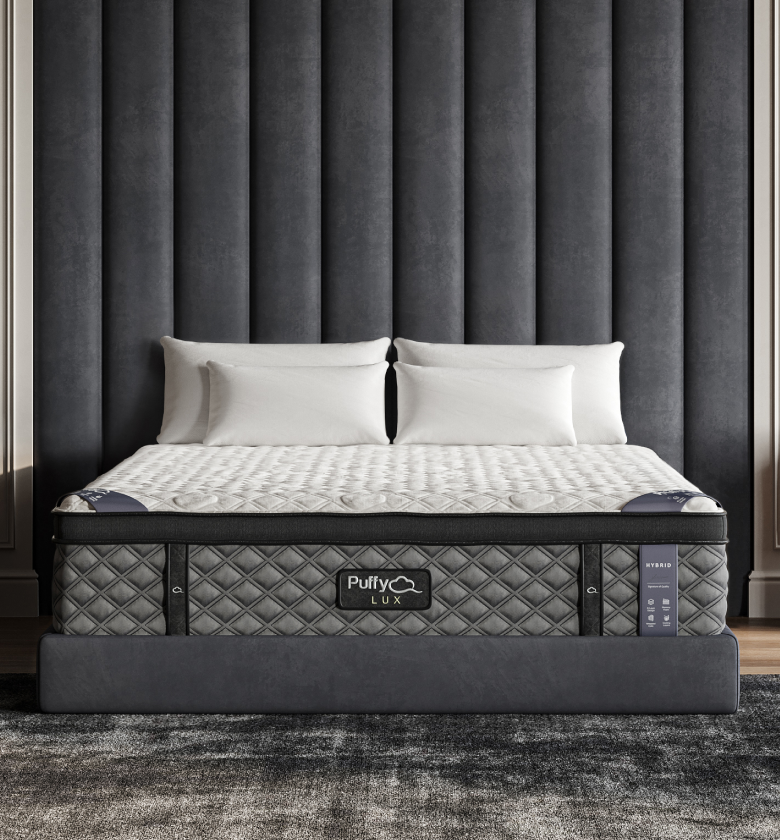Key Takeaways
- Discover how to clean pillows with baking soda to eliminate odors and refresh your bedding.
- Learn whether you can use baking soda to clean your pillows safely.
- Explore methods for how to wash pillows with baking soda, both dry and wet cleaning.
- Find additional deodorizing and spot-cleaning tips for common pillow materials.
- Improve hygiene and sleep quality by pairing fresh pillows with breathable, washable bedding.
If you’ve ever fluffed up a pillow only to be hit with a musty or sour smell, you’re not alone.
While we wash pillowcases often, the pillows themselves tend to be neglected. But here’s a budget-friendly and natural solution: baking soda.
This guide will show you how to clean pillows with baking soda, whether you’re freshening up synthetic, down, or memory foam pillows.
Can You Use Baking Soda to Clean Your Pillows?
Absolutely—and it works like a charm.
Why Baking Soda?
-
It’s non-toxic and gentle on fabrics.
-
Neutralizes odors rather than masking them.
-
Absorbs excess moisture and oils.
-
Acts as a mild abrasive to lift surface debris.
Baking soda is especially great for pillow care because it refreshes without introducing strong chemicals or fragrances. That’s a win for sensitive skin and noses.
After one of our little ones had a cold and spent extra days in bed, I was worried about how to clean the pillow he’d used. A quick sprinkle of baking soda followed by a vacuum, and the pillow smelled like new—no harsh sprays needed. And having a Puffy Cloud Mattress with a removable, washable cover made the rest of the cleanup just as easy.
How to Wash Pillows with Baking Soda
Baking soda can be used alone or as part of a deeper clean.
1. Dry Refresh for Light Odors
This is best for in-between deep washes or after illness:
-
Lay pillow flat in a well-ventilated space.
-
Sprinkle a generous layer of baking soda on both sides, making sure to cover seams.
-
Let sit for 30 minutes to 1 hour to absorb odors and moisture.
-
Vacuum thoroughly with an upholstery attachment, paying close attention to corners and piping.
2. Spot Cleaning with Baking Soda Paste
Perfect for drool spots, yellow stains, or food spills:
-
Mix 1 part baking soda with 1 part water until it forms a spreadable paste.
-
Apply paste to the stained area using circular motions.
-
Gently scrub with a soft brush or clean cloth without oversaturating the pillow.
-
Let dry completely, then vacuum or wipe away any residue for a refreshed finish.
3. Machine Wash (If Pillow Is Washable)
-
Add 1/2 cup of baking soda to the drum along with a mild detergent to boost odor removal.
-
Wash on a gentle cycle with warm water, ideally with an extra rinse to clear residue.
-
Use two pillows at a time to balance the washer load.
-
Dry thoroughly with dryer balls on low heat, pausing halfway to fluff and rotate for even drying.
One Saturday morning, I did a surprise wash of everyone’s pillows—adding baking soda to the machine for a little extra freshness. The kids immediately noticed how much “cleaner” their beds felt. And thanks to the Puffy Lux Mattress’s breathable materials, everything felt crisp, not stuffy.
Types of Pillows and How Baking Soda Works on Them
| Pillow Type | Baking Soda Friendly? | Best Use Case |
|---|---|---|
| Synthetic | Yes | Dry refresh or machine wash |
| Down/Feather | Yes | Dry refresh only; avoid excess moisture |
| Memory Foam | Yes | Dry refresh or paste spot clean |
| Latex | Yes | Dry refresh only |
Additional Tips for Fresh, Clean Pillows
-
Deodorize weekly: Sprinkle a small amount of baking soda on the pillow and vacuum thoroughly to keep odors in check and maintain freshness between deeper cleanings.
-
Air pillows monthly: Let them sit in indirect sunlight for a few hours to dry out, eliminate moisture, and naturally neutralize any lingering smells.
-
Wash pillow protectors every 2 weeks to reduce buildup of sweat, skin oils, and allergens that can seep into your pillow over time.
-
Replace old pillows every 18–36 months depending on fill type and condition, especially if they lose shape, support, or develop persistent odors.
Avoid These Common Mistakes
-
Don’t use too much water with baking soda paste on down or foam pillows, as these materials absorb moisture easily and dry slowly.
-
Never skip drying: Even slightly damp pillows can become breeding grounds for mold, mildew, and bacteria, leading to health concerns.
-
Avoid over-scrubbing delicate materials like latex, which can damage the structure and shorten the lifespan of the pillow.
Final Thoughts
Using baking soda to clean pillows is one of the easiest, most affordable ways to extend their lifespan and keep your bed feeling fresh.
Whether you’re doing a quick deodorizing pass or a more involved cleaning, baking soda is gentle enough for regular use—and it’s safe for most pillow types.
Consistent care can make a big difference in how clean, cozy, and inviting your sleep setup feels night after night.

- 8 layers of cloudlike luxury.
- Medium-plush feel.
- Gel-infused cooling.
- 101-night sleep trial.












